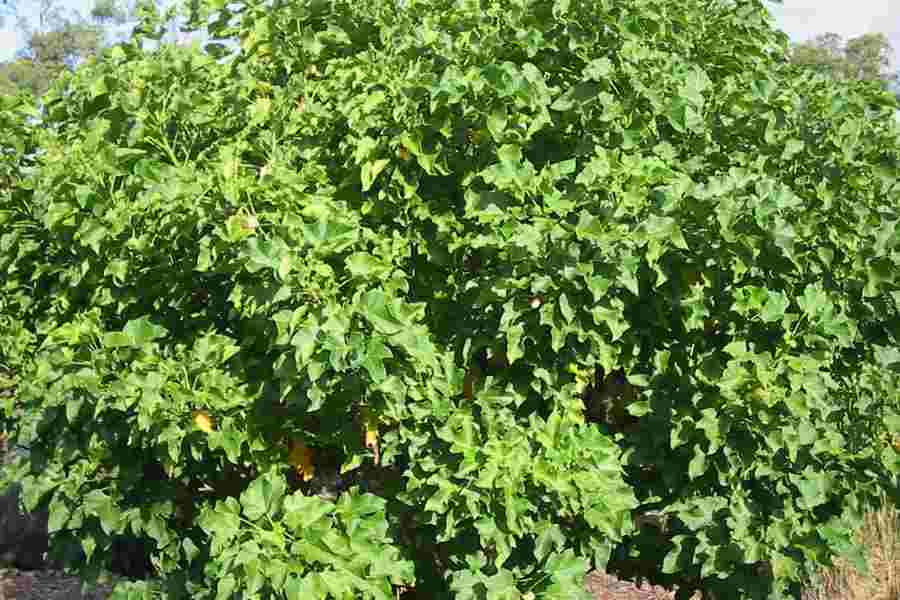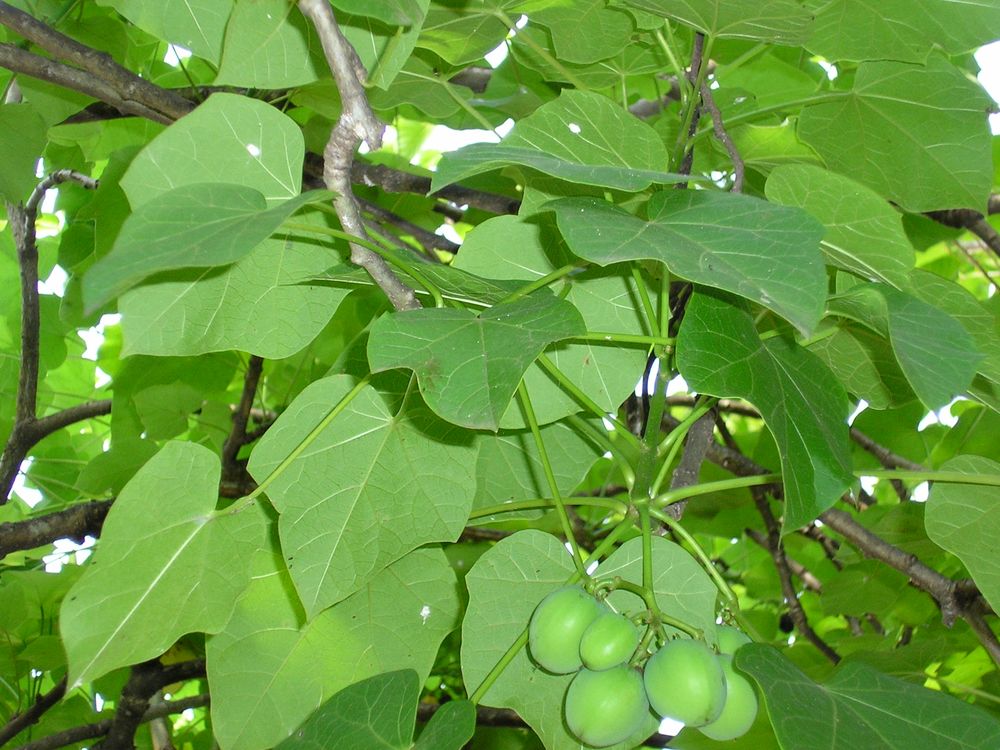
Mission Biotechnologies Sdn. Bhd
Add a review FollowOverview
-
Founded Date March 12, 1908
-
Sectors Specialist
-
Posted Jobs 0
-
Viewed 8
Company Description
Jatropha a Practical Alternative Renewable Energy
Constantly the biodiesel industry is trying to find some option to produce renewable energy. Biodiesel prepared from canola, sunflower and jatropha can replace or be combined with conventional diesel. During first half of 2000’s jatropha biofuel made the headlines as a preferred and promising alternative. It is prepared from jatropha curcas, a plant species belonging to Central America that can be grown on wasteland.
Jatropha Curcas is a non edible plant that grows in the deserts. The plant grows extremely rapidly and it can yield seeds for about 50 years. The oil obtained from its seeds can be used as a biofuel. This can be mixed with petroleum diesel. Previously it has actually been used two times with algae mix to sustain test flight of airlines.
Another of jatorpha seeds is that they have 37% oil material and they can be burned as a fuel without refining them. It is also used for medical function. Supporters of jatropha biodiesel state that the flames of jatropha oil are smoke complimentary and they are successfully evaluated for simple diesel engines.

Jatropha biodiesel as Renewable Energy Investment has attracted the interest of many companies, which have evaluated it for vehicle usage. Jatropha biodiesel has been road evaluated by Mercedes and three of the cars have actually covered 18,600 miles by utilizing the jatropha plant biodiesel.

Since it is since of some drawbacks, the jatropha biodiesel have actually ruled out as a fantastic eco-friendly energy. The most significant problem is that no one understands that just what the performance rate of the plant is. Secondly they do not understand how large scale cultivation might affect the soil quality and the environment as a whole. The jatropha plant needs five times more water per energy than corn and sugarcane. This raises another issue. On the other hand it is to be noted that jatropha can grow on tropical environments with annual rainfall of about 1000 to 1500 mm. A thing to be kept in mind is that jatropha needs proper watering in the first year of its plantation which lasts for decades.
Recent survey says that it is true that jatropha can grow on degraded land with little water and bad nutrition. But there is no proof for the yield to be high. This might be proportional to the quality of the soil. In such a case it might require high quality of land and might need the very same quagmire that is faced by the majority of biofuel types.
Jatropha has one main drawback. The seeds and leaves of jatropha are poisonous to human beings and animals. This made the Australian government to prohibit the plant in 2006. The government stated the plant as invasive types, and too dangerous for western Australian agriculture and the environment here (DAFWQ 2006).
While jatropha has promoting budding, there are number of research study challenges stay. The significance of detoxing needs to be studied because of the toxicity of the plant. Along side a systematic study of the oil yield need to be carried out, this is really important due to the fact that of high yield of jatropha would probably needed before jatropha can be contributed substantially to the world. Lastly it is also extremely essential to study about the jatropha species that can survive in more temperature climate, as jatropha is quite limited in the tropical climates.
